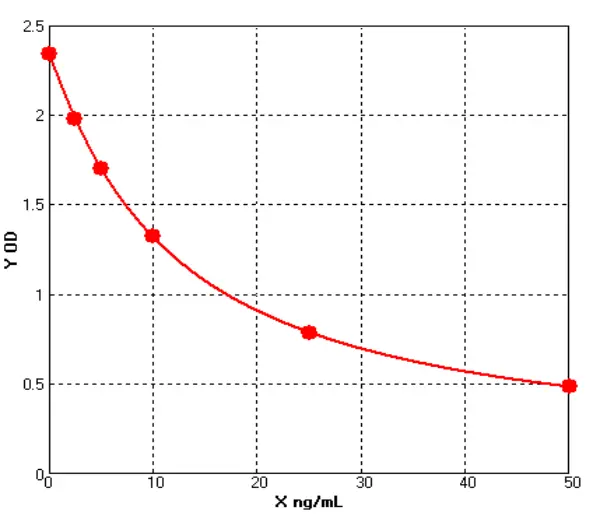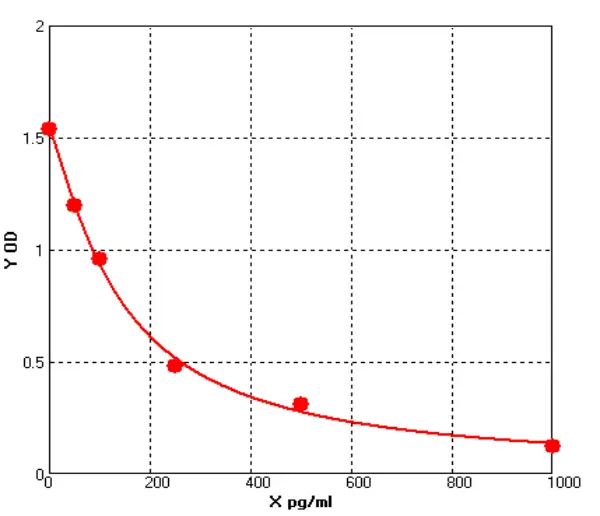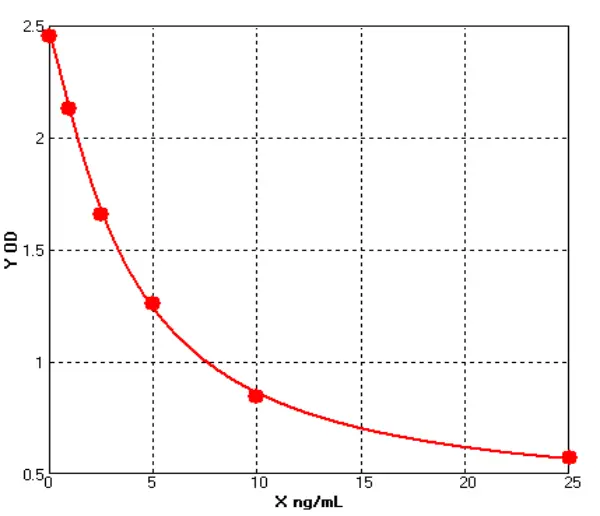Optimizing ELISA Experiments: Key Steps in Sample Processing
In ELISA experiments, the handling of samples is crucial to ensuring the accuracy of the final results. This is especially true when dealing with cell samples, as removing free DNA is a key step to improve the specificity and sensitivity of the experiment. Using deoxyribonuclease I (DNase I) to process samples can effectively remove free DNA and ensure the accuracy of the ELISA detection results. This article discusses how adding DNase I can optimize the sample processing step in ELISA experiments.
Removing Free DNA to Improve Accuracy
In ELISA experiments, free DNA in cell or serum samples can interfere with the results. The presence of free DNA not only affects the specificity of the assay but can also lead to increased background signals, compromising data reliability. By using the DNase-I ELISA, researchers can quickly and effectively degrade the free DNA in the sample, thus preventing DNA interference in the experiment. This approach ensures the accuracy of the experiment and the reproducibility of the data.
Application of DNase I in Sample Processing
Prior to the ELISA experiment, cell or serum samples often require pre-treatment. Adding an appropriate amount of deoxyribonuclease I can effectively degrade the free DNA in the sample. DNase I works by cleaving the phosphodiester bonds of the DNA chains, breaking down long DNA strands into smaller fragments that do not interfere with the ELISA detection. By optimizing the concentration of DNase I and processing time, the sample quality can be further improved, ensuring the smooth progression of subsequent experiments.
Advantages of the DNase-I ELISA Kit
Using the DNase-I ELISA kit simplifies the experimental procedure. This kit has been optimized to efficiently and stably detect the activity of DNase I in samples, helping researchers accurately assess the effect of sample processing. ELISA technology itself offers high sensitivity and specificity, and combined with the efficient degradation action of DNase I, it significantly enhances the reliability of the experimental data. Furthermore, the standardized operating procedure of the kit ensures that results are more consistent between different laboratories, facilitating the promotion and application of scientific findings.
Practicality of Optimizing the ELISA Process
In various research fields, optimizing the sample processing step in ELISA experiments is key to improving experimental precision. By using the DNase-I ELISA kit, researchers can more efficiently remove free DNA from samples, reducing interference with target molecules. Whether in cytokine detection, protein analysis, or gene expression research, the optimized ELISA experiments can provide more precise results. By controlling every aspect of the sample processing, the reliability of the ELISA experiment is ensured.
By using the DNase-I ELISA kit, researchers can achieve higher precision and sensitivity in sample processing. This not only improves the accuracy of the experiment but also provides reliable data support for subsequent research. Bluegene Biotech's DNase-I ELISA kit, with its excellent performance and efficient operational workflow, has been widely applied in various scientific experiments.



